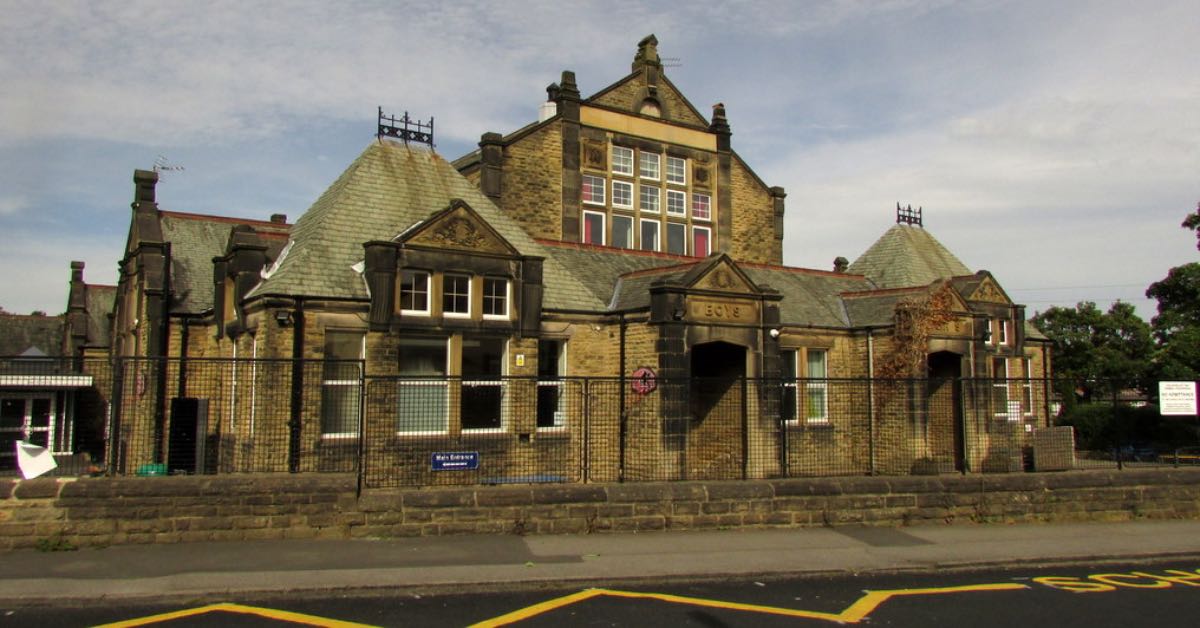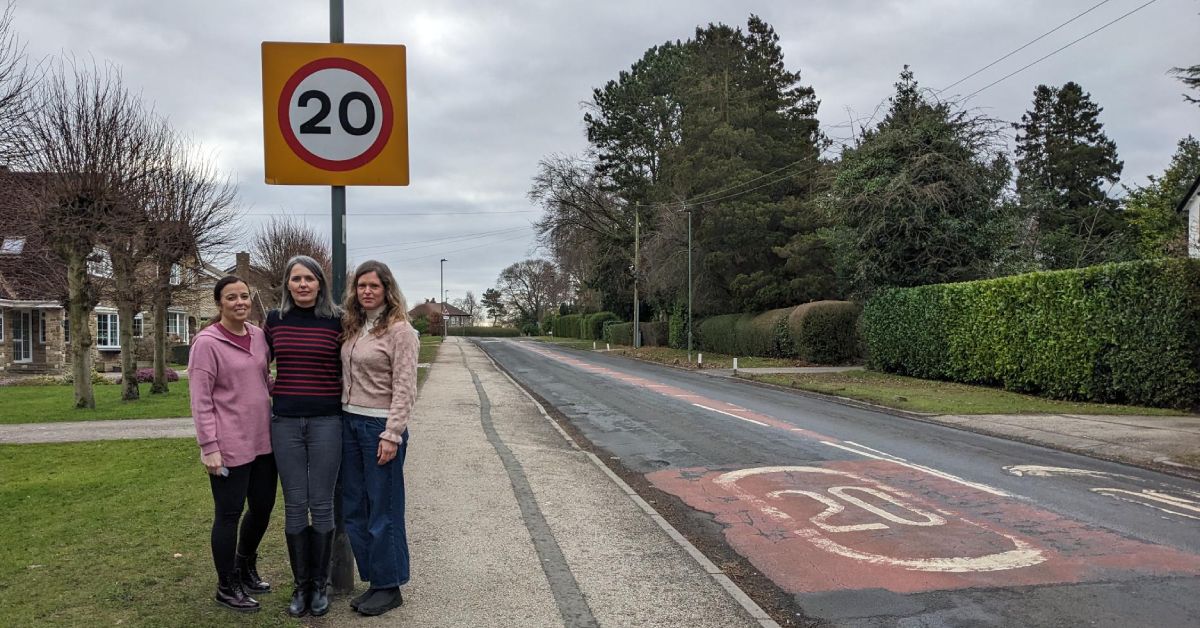A campaign to make travel to school safer in Harrogate has been reignited by a collision that left two teenagers in hospital.
The boys, both aged 15 and students at Rossett School, suffered serious injuries requiring multiple operations since the collision last Thursday morning.
A group of parents had already been asking for 20mph zones and safe crossing points around routes to school on Harlow Hill and now say the work is urgently needed before anyone else is hurt.
Dr Jenny Marks has spearheaded the campaign with fellow Harlow Hill resident Ruth Lily. They have spent more than two years putting together evidence and consulting with local people about potential changes to the roads around the area.
Their petition to create a ‘safe streets zone’ has more than 750 signatures.
Dr Marks said:
“We didn’t want to put an application in in isolation and it be unpleasant to the residents.
“So we went to the schools and sports centres and each of them had views on what should be outside their school.
“We created a map and presented that to the local residents’ association and made that the basis for the petition that’s running now. That’s what we have put into the application too.
“We’re doing as much as we can to get everybody’s ideas into one place.”
The pair have also joined forces with Oatlands residents Hazel Peacock and Vicki Evans, who have been working to get measures introduced around schools in their area too.
There are plans to set up schemes to reduce the volume of traffic around the infant and junior schools, including ‘park and stride’ using existing car parks in the area.
 Oatlands Infant School. Photograph: Geograph, Derek Harper
Oatlands Infant School. Photograph: Geograph, Derek Harper
All of the parents pointed out that, while primary school pupils often walk a short distance to school, they can be travelling much further when it comes to secondary education.
It is more common for secondary age children to walk to school alone, they said, so it was important for them to have acquired road safety skills from a younger age.
For that reason, they are pushing for a strategic approach across the whole area with coordinated measures in place – which, they also argued, would be more likely to be adhered to by motorists than a short stretch of 20mph zone that was never enforced, such as that on Pannal Ash Road.
Read more:
- Fundraising appeals set up for Rossett students injured in Harrogate crash
- Plan submitted for 20mph zones around five schools in Harrogate
The campaigners said they were frustrated by the lack of action on the issue since they began calling for change more than two years ago.
In November 2021, North Yorkshire County Council project engineer Paul Ryan wrote to Dr Marks to say the highways department was “considering a number of options and designs to implement traffic calming measures”, subject to funding.
However, he added:
“In North Yorkshire we regularly analyse our collision and casualty data and we do not have a specific identified issue of children being injured on the roads outside or adjacent to their schools.
“Although these areas can feel busy the data does not indicate an increased likelihood of collisions resulting in personal injury in the vicinity of schools.
“There have been two collisions which resulted in ‘slight’ personal injuries in the last three years, neither of which were speed related. This does perhaps suggest that the perception of danger for road users is greater than the reality.”
The group said even a perception that allowing children to walk to school was unsafe could lead many parents to drive, increasing the number of cars on the roads and making it more dangerous.
‘Behaviour change’
The parents said measures to prioritise and protect pedestrians and cyclists, including reducing the speed limit to 20mph, would encourage more people to walk, reducing the number of cars and improving traffic flow.
They have been following evidence from the Living Streets campaign, which has also been cited by England’s chief medical officer, Professor Chris Whitty, as a way to reduce air pollution and improve health.
Ms Peacock said:
“It’s about communities and connectivity, not just crossing the road safely but people talking to each other as they go.
“You need a plan with all the different possibilities and if you get a target to reduce the number of cars on the road, let’s have a discussion about how that’s being done.
“A lot of this is about behaviour change. If you get the foundations right, you can make that happen.
“What we really would like is open dialogue and conversations about, ‘what are the barriers and how can we discuss those and get a timescale to move forward?'”
Writing to the group again last week, before the accident, Mr Ryan said there was an intention at NYCC to carry out further surveys into traffic, pedestrian and cycle movements and speeds in the area.
However, he said there was no timescale for this, and any future improvements would be subject to funding.
This week, NYCC’s executive member for highways and transportation, Cllr Keane Duncan, said:
“We are aware of a recent serious collision involving two young pedestrians on Yew Tree Lane. Our thoughts are with them and their families, and we wish them a speedy recovery.
“Highways officers are engaging with the local community, including residents, the schools and local councillors, on potential road safety improvements for this part of Harrogate.”







